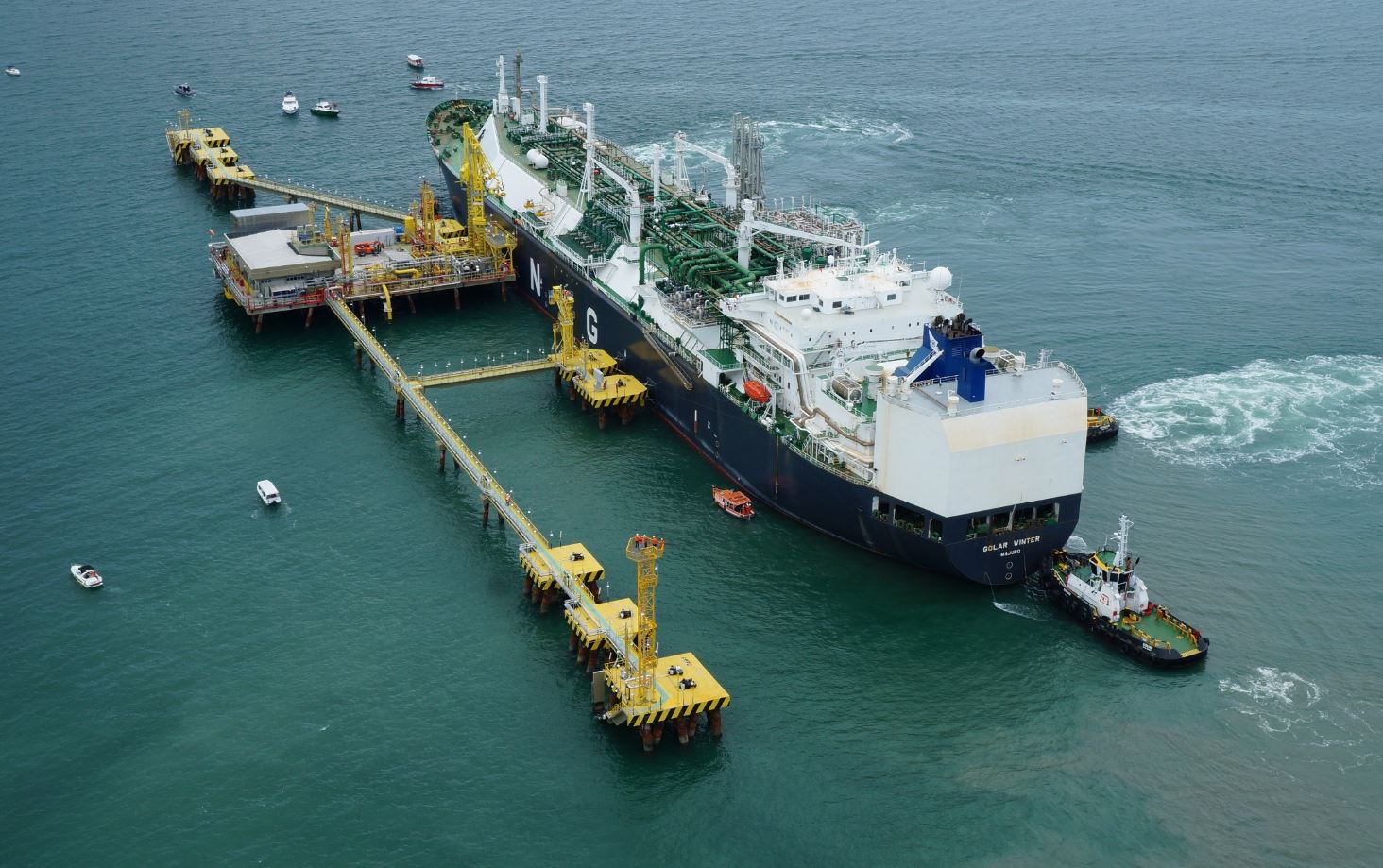Pakistan is preparing to build at least 3 more LNG terminals at Port Qasim after having imported over 6.1 million tons of LNG in last two years through country’s first LNG terminal located at Port Qasim.
The work on second LNG terminal is also going on and it is expected to become operational by early 2018. According to official sources, Pakistan has imported and regasified approximately 284.7 billion cubic feet of gas into gas distribution network which has helped bridge the gas demand and supply gap in the country which was facing acute shortage of power and gas both.
Setting up the country’s first LNG terminal and LNG import infrastructure has paved the way for more LNG terminals in the country. A second terminal is also being constructed at Port Qasim. Pakistan needs three to four more LNG import terminals to address the ongoing energy shortage head on. The building of Engro’s LNG terminal was the trigger for a dramatic growth story for Pakistan. From nowhere, we could be among the Top 5 LNG import markets in just five years.
Pakistan has saved approximately $1.7 billion in last two years by importing LNG, substituting expensive furnace oil. Commissioned in March 2015, the current LNG terminal being managed by Engro has the capacity to re-gassify 600-630 mmscfd of gas, and was completed on a fast-track basis within 335 days. The terminal is notable as Pakistan’s first infrastructure success in LNG after a decade of unsuccessful attempts to import LNG.
Since the induction of LNG into Pakistan’s gas distribution network and, thus, switching from expensive liquid fuels, the GoP has the potential to bring 2,200 megawatts (MW) of power generation online. This infrastructure breakthrough has enabled the Government to address the energy crisis through investments in new gas-fired power plants, aimed to result in an additional 3,600 MW power generation capacity. These power plants are under construction in the Sheikhupura, Jhang, and Kasur districts, and will be Pakistan’s most efficient power generation units.
The assurance of LNG import has kicked off a fast-growing LNG ecosystem, along with transitive economic activity. There are 750 CNG stations operating across Punjab for the first time, the initial steps to an estimated PKR 4.5 Billion industry. Uninterrupted gas provisioning has contributed significantly to the revival of the fertilizer industry, leading to substantially increased national production. An additional outcome of this is to the national exchequer via direct contribution to GDP and is matched by FDI activity because of urea export from Pakistan. Revival of more than 500 industrial units, mainly comprising of the export-oriented textile sector in Punjab, is also a major contribution of LNG import that will reverse the trend of declining textile exports. Pakistan has a gas deficit of over 2.5 billion cubic feet, and current LNG import is reducing this deficit by 20 to 25 percent.
Engro LNG Terminal is receiving a monthly average of six consignments of LNG. Most of the LNG imported so far has been utilized to run gas-based IPPs that were either sitting idle due to unavailability of gas, or burning diesel – a more expensive form of fuel that inevitably translates to high energy production costs.
LNG is the cleanest burning hydrocarbon and the greenest fossil fuel. Compared to furnace oil, it is more efficient in power generation (60 percent efficiency on RLNG versus 45 percent on alternate fuel), has much lower O&M costs and, thus, contributes most to lower energy prices to the end customer.






